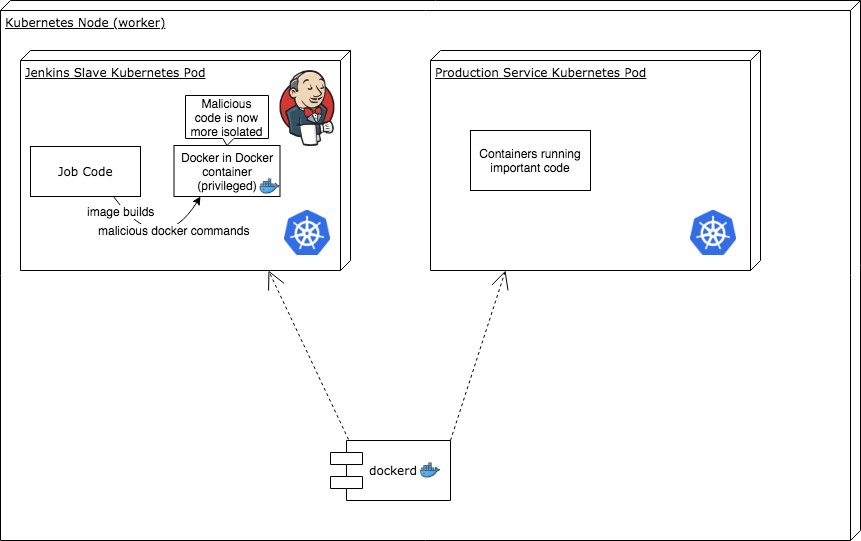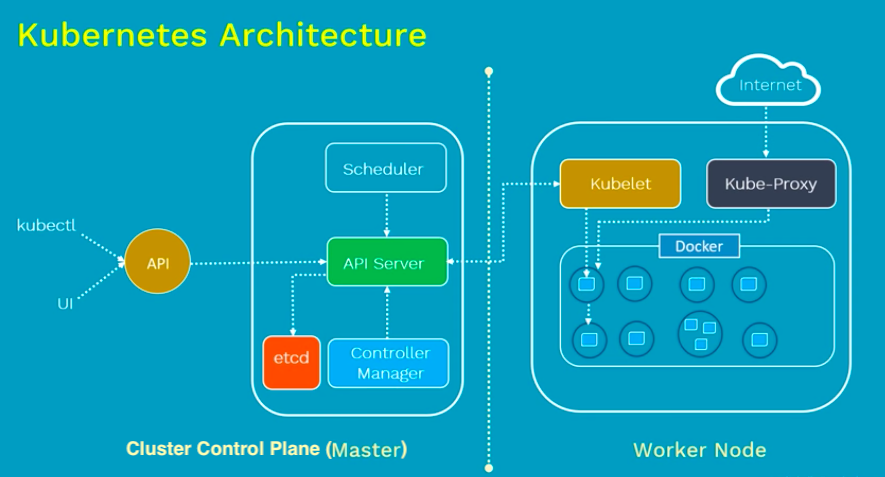


You can check if your computer supports Hyper-V with the following command: PS C:\Users\Administrator> Get-WindowsOptionalFeature -Online -FeatureName Microsoft-Hyper-Vĭescription : Provides the services that you can use to create and manage virtual machines and their resources.
How to use docker and kubernetes windows 10#
Hyper-V is unavailable on Windows 10 Home, but ships with the Windows 10 Pro and Enterprise editions. Unfortunately, not all Windows versions ship with Hyper-V. In other words, rather then reutilising the Hyper-V virtual machine created by WSL 2, Docker for Windows creates a brand new virtual machine. Without WSL 2, your second best option for running Linux containers on Windows is using Docker for Desktop with Hyper-V. In case you don’t have access to WSL 2, that’s where things get a bit tricky.
How to use docker and kubernetes how to#
You can follow the instructions on how to install WSL 2 here. Microsoft Windows 11 Pro for Workstations 0 22000 You can check your build version with the following command: PS C:\Users\Administrator> Get-ComputerInfo OsName,OsVersion,OsBuildNumber If your Windows 10 build is higher than 19018, you should be easily able to install it. If you’re running WSL 2, Docker for Windows integrates with it automatically, and it leverages the existing WSL 2 virtual machine to run your containerised applications. Wouldn’t it be great if you could use WSL2 to run your Docker containers? You can navigate and copy files across the virtual machine as if it were natively on Windows. WSL 2 also supports memory reclaim, and this means that the system uses only the right amount of RAM required for running the Linux kernel.Īnd best of all, WSL 2 offers deep integration with the rest of the Windows host. You can expect the best type of performance from this hypervisor. WSL 2 runs on top of the Windows Hypervisor (Hyper-V), which is a bare-metal hypervisor. WSL 2 runs a Hyper-V virtual machine with Linux inside - just like Docker does. Then in May 2019, Windows Subsystem for Linux 2 (WSL 2) was announced. Hyper-V is a Type-1 hypervisor and thus provides excellent performance for running virtual machines on Windows. In other words, every Linux container that you created ran inside a virtual machine in Hyper-V. When Docker for Windows was released, it supported Hyper-V as its virtualization technology. It can run both Windows and Linux containers, but in this guide, you will focus primarily on Linux containers.

Here’s a quick summary: What options you have to run containers on Windows 10?ĭocker is a tool designed to run containers. You have a few options when it comes to running Linux on your computer, but it all boils down to running a virtual machine. However, if you want to run Linux containers on Windows, you can’t unless you run a Linux host. If your operating system is Windows, you can isolate Windows applications in containers. If you execute the same application but within a container, not only you can define how much memory and CPU it will use at most, but you can also restrict access to the filesystem, network, etc.Ĭontainers use the underlying operating system to offer a restricted view of the resources available. Imagine clicking on an icon on your desktop and launching an application - the application runs unrestricted and can use as many CPU and memory as needed. The challenge with running Linux containers on Windows 10Ĭontainers are processes that are isolated from the rest of the operating system but still use their resources. Specifically, we’re going to look whether you should install Docker through Docker for Windows or Minikube AND whether you should use Minikube, Kind, or K3s for Kubernetes. Today, you’re going to determine which combination is best for you and get up to speed on how to install it. It depends on your hardware and operating system. So how do we choose the right Virtual Machine? This will let every Linux application or executable run inside a container in the virtual machine. You could create a Virtual Machine that runs Linux on your Windows host. That’s because containers expect to use the kernel of the operating system they’re designed for.Ī Linux executable expects a Linux host, and there’s no way to run it on Windows! Unfortunately, you can’t run Linux containers on a Windows host or vice versa. However, the majority of the time, when people say containers, they refer to Linux containers. So what’s the problem with getting both of these tools on Windows?Ĭontainers come in two flavours: Windows and Linux containers. Docker and Kubernetes are two popular tools to run containers at scale.


 0 kommentar(er)
0 kommentar(er)
